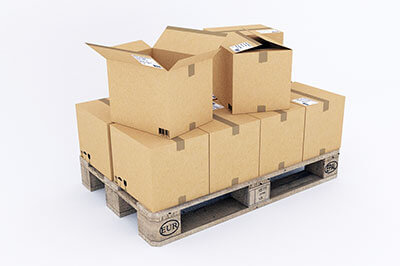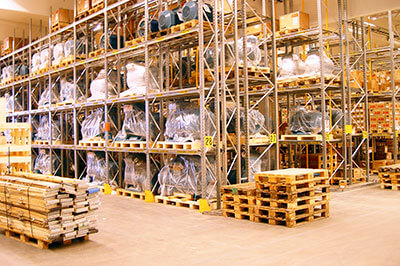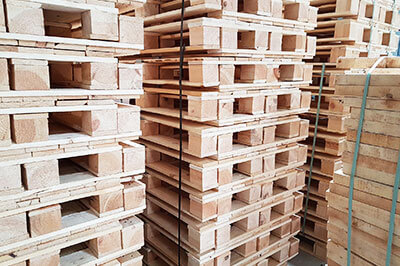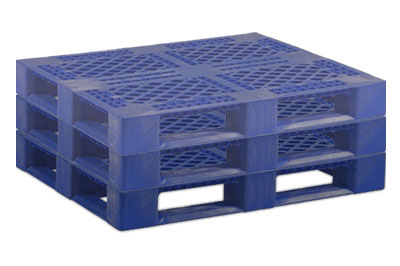 So if you are planning to invest in new pallets for your warehouse or DC, take a moment to look at what you need your pallets to be able to achieve, and then you can make an informed buying decision.
So if you are planning to invest in new pallets for your warehouse or DC, take a moment to look at what you need your pallets to be able to achieve, and then you can make an informed buying decision.
1. What will your pallets carry and where will they end up?
This is an important consideration, not just in relation to the warehouse or DC, but to the whole supply chain. For example, if the products your pallets carry include food stuffs or pharmaceuticals you will have greater considerations of hygiene to take into account.
Ask yourself in what environment the pallets need to be stored. Outside or inside? In refrigerated conditions? It is also important to know how the pallets will be stored. Will they be on pallet racking? Will they be on the floor? Will they travel on conveyors or be manoeuvred by forklifts?
Understanding what happens to your pallets at every stage in the process will affect your pallet buying decision.
 2. Size matters
2. Size matters
When it comes to ordering new pallets for your business, you need to understand the sizing system so you don’t invest in the wrong sizes by mistake.
There is no universal ‘standard’ for pallet size, so be sure to ask for specifications before ordering. For example, in the UK, standard pallets measure 1200mm x 1000mm and come in different grades according to their load-bearing capacity.
By contrast, the European Standard is slightly smaller, at 1200mm x 800mm. If they carry the EUR stamp, they will have a consistent spec and load-bearing capacity. If they are unstamped, while they will still measure 1200mm x 800mm, their load-bearing capacity will be variable. There is also a global standard pallet (six different sizes in total) which carries ISO certificatation.
 3. What are the pallets made of?
3. What are the pallets made of?
If the pallet is made of wood, it is important to know which type, as this will affect the pallet’s characteristics and, indeed, life expectancy. For example, poplar is a hardwood and a good choice if you need pallets which are less susceptible to staining and leaching. However, poplar has less strength and durability than other hardwoods.
4. Keeping it clean
Hygiene and cleanliness have never been more important, as the impact of Coronavirus has taught us. Knowing the provenance of the materials that make your pallets and that they can be kept clean, may now be a greater consideration. Pallets constructed from engineered wood help meet this criteria. Often made from recycled pallets, the wood fibre is extensively dried to kill pests, mould and bacteria. A resin binder is added and the material pressed into a hot mould, so the final pallet is hygienically clean.
 5. Sustainability
5. Sustainability
Climate change, and the movement towards reusing, recycling and sustainability have also impacted the manufacture of pallets.
Interestingly it is plastic pallets, as opposed to wood, which appear to present a solution which meets the demands of sustainability. Recyclable, they have a far longer life expectancy than a wooden pallet – they can be used up to 20 times more than the traditional pallet. They are a more expensive upfront investment, but longer term may be more cost-effective.
It is also now possible to invest in carbon neutral half pallets, where the manufacture of the pallets has been offset by carbon credits.
Clearly the world of pallets is a complicated and detailed one, and it is important to get to grips with it before any investment in new pallets is made.
For more information about pallet racking storage for a warehouse or distribution centre, please contact us.